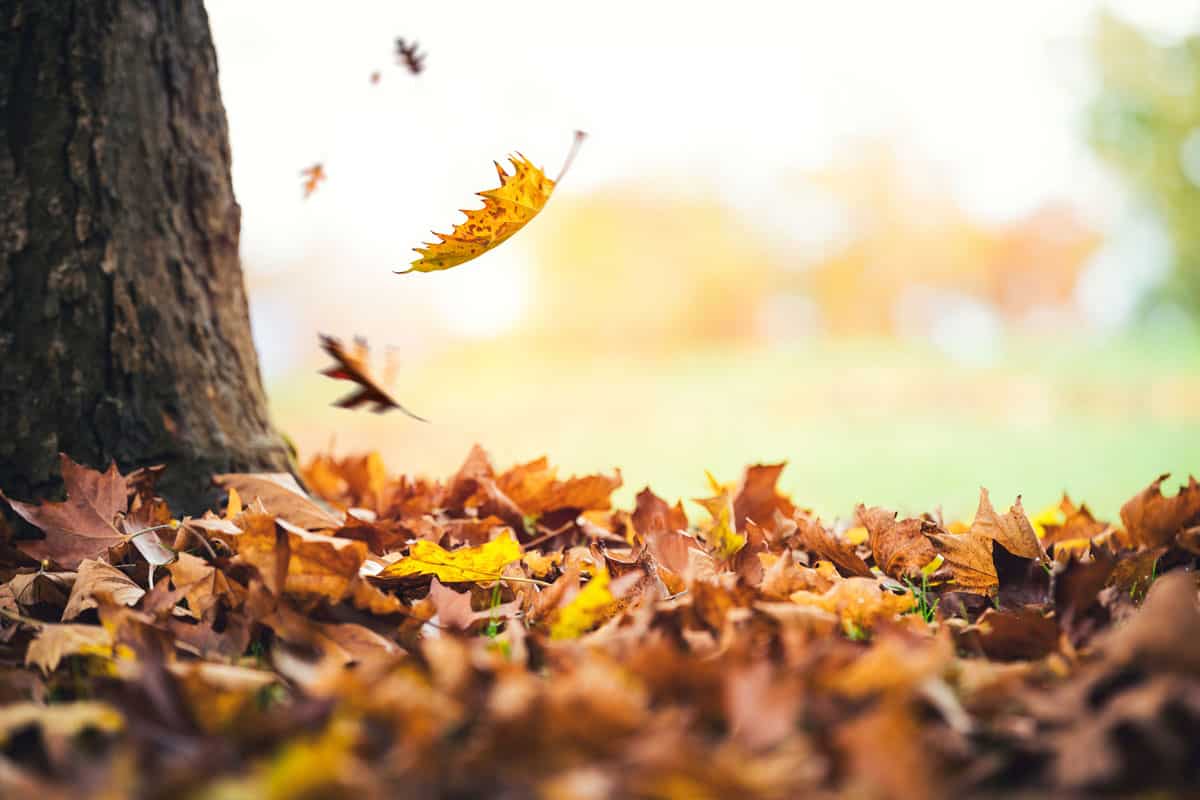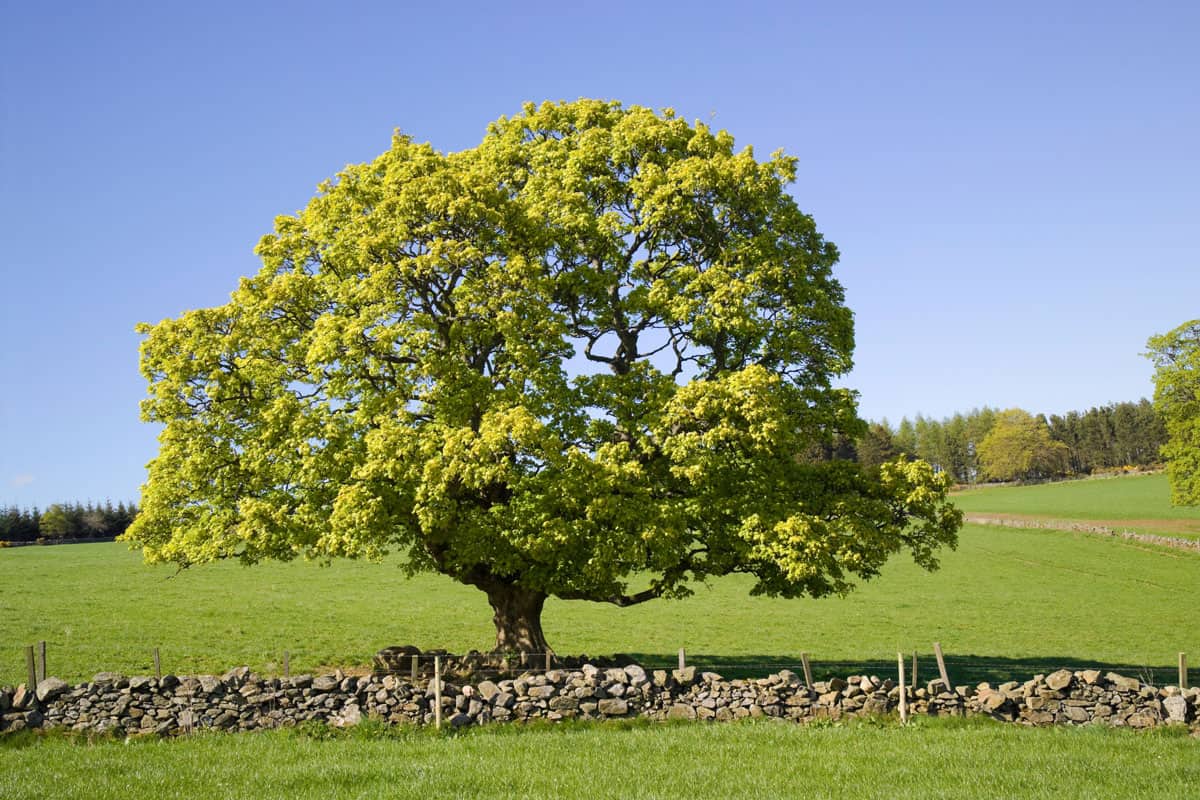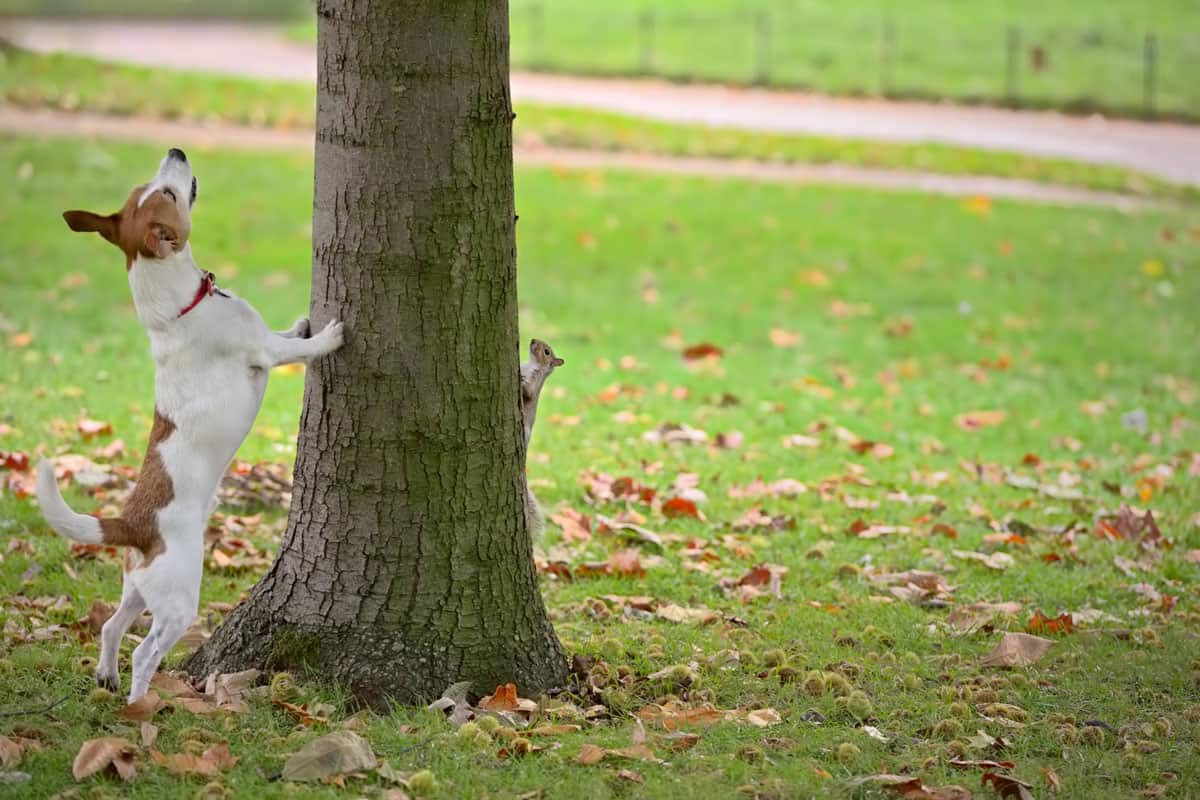Sycamore trees are sometimes grown in a yard for their protective and decorative canopy. Like some plants, they tend to shed their leaves. You might be wondering while there is a cluster of leaves around your yard and might not know the cause. If you're unsure if your sycamore tree is losing its leaves, here's an answer we gathered from research.
Sycamore trees do lose their leaves. Anthracnose is probably the cause of the leaf drop. Sycamore, ash, maple, oak, and other trees are susceptible to the fungus anthracnose.
Anthracnose does not seriously affect strong, healthy trees, despite the possibility of severe defoliation. Affected sycamores can lose most of their first foliage in cool, damp springs.
For more details concerning sycamore trees and how you can stop leaf loss, continue reading this post for more information.
Sycamore Trees [Background]
Huge deciduous sycamore trees have a broad, rounded crown covered in vibrant green foliage. Sycamore trees have three to five-lobed, serrated leaves that mimic maple leaves.
It contains seed balls that fall in the spring and thin, peeling reddish-brown bark. Sycamore trees can reach heights between 100 to 130 feet (30 to 40 meters).
Sycamore trees can be found all over North America. The eastern and central regions of the United States are where the American sycamore tree (Platanus occidentalis) primarily flourishes. In the western regions of the United States, sycamore trees like the Californian and Mexican varieties (Platanus racemosa and Platanus Mexicana, respectively) are more prevalent.

Characteristics
The wood from sycamore trees has a coarse texture and is hardwood. Furniture, butcher's blocks, and musical instruments are all made from sycamore wood. Growing sycamore trees are more susceptible to fungus-related ailments.
The hollowness of older trees tends to develop over time. The two distinguishing characteristics of sycamore trees are their round seed balls or pods, which contain downy tufts of seeds, and their thin peeling bark, which gives the tree a patchwork appearance.
Sycamore trees feature broad, three or five-lobed, light-green leaves with serrated edges. The pointy tip of the lobed leaves' veins is clearly visible. Sycamore leaves develop alternately and change color from green to yellow to brown in the fall.
The sycamore tree leaves develop in pairs back to back; therefore, each leaf only has one point of attachment to the stem.
Along tree stems, the leaves develop in an erratic, alternating pattern. Overall, the leaves of sycamore trees are oval-shaped with pointed lobes, similar to those of maple trees.
Do Sycamore Trees Lose Their Leaves?
Anthracnose is probably the cause of the leaf drop. Sycamore, ash, maple, oak, and other trees are susceptible to the fungus anthracnose. The severity of anthracnose is highest during the chilly, moist spring seasons.
Anthracnose does not seriously affect strong, healthy trees, despite the possibility of severe defoliation. On sycamores, anthracnose causes dark spots on the leaves, the death of tender buds and shoots, and leaf drop.
Affected sycamores may lose most of their first foliage during the cool, damp springtime.
How Messy Are Sycamore Trees?

Sycamore trees are messy because of the following:
Twigs Dropping
Because of the way the trees' branches are formed, a lot of little twigs are often produced, and some of them likely drop, this takes time to sweep up.
Shedding Bark
Sycamore tree bark has a distinctive shading with grey and dark patches made with varying pieces. As the sycamore grows over the warmer months, it will continuously lose bark. For this to happen, the old bark has to be shed and this can cause a mess that takes time to clean up.
What Is The Average Lifespan of a Sycamore Tree?

Six to seven years after planting, sycamore trees start to produce seeds, and between 50 and 200 years is when seed production is at its peak.
These trees have the ability to grow two feet or more every year if they receive enough moisture when they are young. Sycamores are among the world's oldest tree species and are renowned for their endurance, toughness, and striking beauty.
The largest deciduous tree in the Eastern United States is the sycamore tree. It lives about 600 years and reaches a height of 30 meters.
How Do You Know a Sycamore Is Dying?
The most common reason for a sycamore tree dying is infection from a fungal disease, most likely Sycamore anthracnose, which infects the vascular system, specifically the twigs and buds ultimately leading to the plant's death.
Here are signs that your Sycamore tree is dying:
- Cavities in the tree trunks making it easy for insects to penetrate and eat through it
- Early defoliation at an unusual time of the year, mostly early summer
- The bark is cracked, thereby creating an opening for more infections and diseases
- Brown-colored backs and leaves with lesions
- Twisted or disfigured branches
Always monitor your sycamore tree for these signs, as they can be subtle but can lead to the ultimate death of your tree.
What Are The Problems With Planting a Sycamore Tree?
The most common problem with planting a sycamore tree is the infestation of pests and diseases. One of the most common pest likely to affect your sycamore is the lace bug, a type of insect with lace-like patterns on its head and wing region.
Infestation by the ladybug is usually mild but, when left untreated, can become severe and lead to the death of your sycamore tree. New infestations can be spotted during a routine inspection. You can wash them off with a hose once spotted.
A disease named anthracnose (or leaf blight) is another problem you might have with planting sycamore. It can affect new shoots, twigs, and leaves and finally kill your tree. It most likely occurs during rainy and wet seasons. One way to prevent this infection is by making sure your sycamore receives adequate food and water.
How Far To Space Sycamore Trees In My Yard?

The tree's main roots only extend down approximately 30 inches, and they prefer to spread laterally. As a result, space any additional trees from your sycamore by at least 12 feet.
Make sure to put trees in rows that are widely apart if you are taking cuttings from an established tree to plant in your yard. If the roots are too close to one another, they will start to fight for water and other resources.
What Month Do Sycamore Trees Grow?
The dormant season in late fall and winter is the best time to grow sycamores. As long as you make sure the soil is moist, which can be a challenge during dry spells in August and September, it is okay to extend that planting season from August through April.
The sycamore can avoid transplant shock and benefit from reduced demands on the root system by planting during the dormant season.
What Month Do Sycamore Trees Lose Their Leaves?
Fortunately, during early summer, the sycamore trees will continue to grow new leaves and buds. Late spring and early summer foliage shouldn't get an infection because drier, warmer weather suppresses the fungus anthracnose
Are Sycamore Trees Harmful to Dogs?

The quick answer is that dogs are not poisoned by sycamore trees. If your dog does begin gnawing on a sycamore tree, there are certain things to remember. Sycamore trees produce a lot of sap, which is the first thing to bear in mind (the sap is the liquid that oozes from buds and branches).
Scales of bark are also frequently found on the trunks of sycamore trees. Typically, the "Laccase" extract from aloe Vera, which is employed as a pesticide, is found in these bark scales.
Many commercial dog food products contain laccase, a substance that is very well-liked by dog owners.
To Wrap Up

Sycamore trees are very beautiful plants and help in giving the surrounding a decent look, however, the maintenance can be demanding. Losing of leaves could be an indication of different conditions, from old age to infection by fungi.
To learn more about gardening, here are some articles we recommend:
